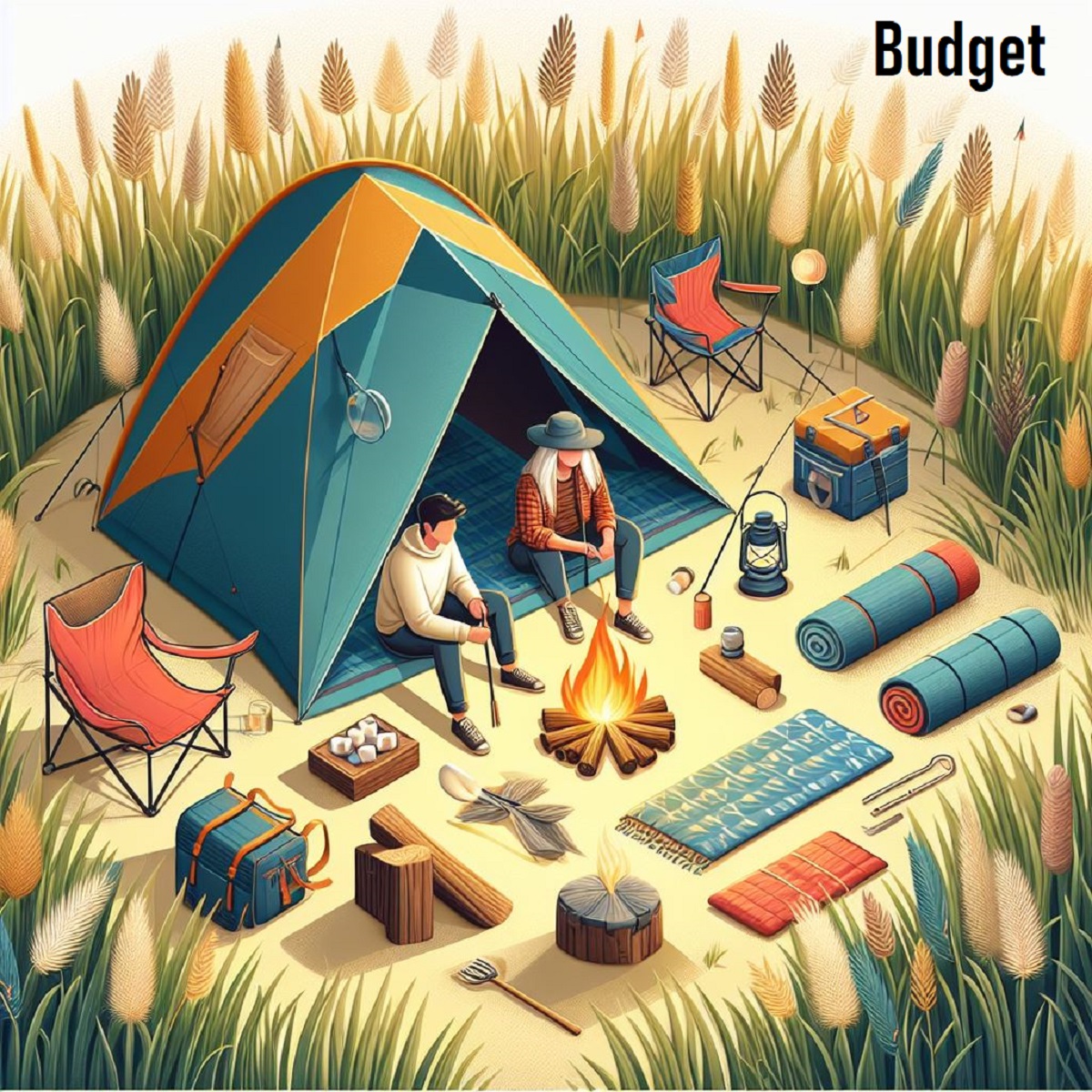Are you ready to embark on a winter camping adventure without breaking the bank? With some savvy choices and clever substitutions, you can enjoy the great outdoors in the colder months while keeping your budget in check. Let’s explore essential gear tips to help you master frugal winter camping like a pro.
Key Takeaways:
- Skip non-essential items like a hammock, pillow, and dinnerware to save space and money.
- Exchange costly gear for cheaper or DIY alternatives whenever possible.
- Consider adding crucial items like a food bag, trash bag, and pack liner for convenience and cleanliness.
- Prioritize essentials like a backpack, footwear, shelter, and sleep system for comfort and safety.
- Explore online communities like r/ultralight for budget-friendly gear recommendations and tips.
Skip, Exchange, and Add: Smart Gear Strategies
Skip:
| Item | Reason |
|---|---|
| Hammock | Unnecessary if you already have a tent. |
| Pillow | Use spare clothes in a stuff sack instead. |
| Dinnerware | A spork or spoon suffices for eating. |
| 1 Gallon Water Jugs | Opt for collapsible bladders or use existing water bottles. |
| Lamp | A headlamp provides ample illumination. |
| Flashlight | The headlamp covers all lighting needs. |
| Knife | A multitool offers sufficient cutting capabilities. |
Exchange:
| Item | Better/Cheaper Option |
|---|---|
| Cotton Shirt | Switch to synthetic or wool fabric for better performance. |
| Camp Shoes | Trail runners offer comfort and versatility at a lower cost. |
| Nalgene | Use disposable plastic bottles like Smartwater bottles. |
| Med Kit | Create a small kit with basic essentials like bandages and pills. |
Add:
- Food Bag + Rope: Hang food and smelly items at night to prevent animal encounters.
- Trash Bag: Pack out trash to leave no trace in the wilderness.
- Pack Liner: Waterproof bag to protect your gear from moisture.
- TP and Bag: Bring toilet paper and a bag for waste disposal.
- Lighter: Essential for fire starting and versatile in outdoor scenarios.
- Map and Compass: Always have navigation tools for wilderness exploration.
- Pack Towel: Handy for personal hygiene and camp chores.
Essential Gear: Backpack and Footwear
Your backpack and footwear are critical for comfort and safety while winter camping. Ensure you invest in quality options that suit your needs and preferences.
Backpack:
- Opt for a size that accommodates your gear comfortably.
- Consider a larger capacity for extended trips or bulky winter gear.
- Upgrade to a more spacious pack if your current one feels cramped.
Footwear:
- Choose comfortable and supportive footwear suitable for winter conditions.
- Trail runners offer a lightweight and versatile alternative to traditional boots.
- Prioritize traction and waterproofing for slippery and wet terrain.
Shelter and Sleep System: Choose Wisely
Your shelter and sleep system play vital roles in ensuring a restful night’s sleep and protection from the elements.
Shelter:
- Select a sturdy tent or hammock setup that can withstand winter weather.
- Consider durability and insulation when choosing your shelter.
Sleep System:
- Opt for a quilt instead of a traditional mummy sleeping bag for versatility.
- Closed foam sleeping pads provide insulation at a lower cost than inflatable pads.
- Prioritize warmth and comfort for a rejuvenating night’s sleep.
Conclusion
Frugal winter camping is within reach with strategic gear choices and resourcefulness. By skipping non-essential items, exchanging costly gear for cheaper alternatives, and adding crucial items for convenience and safety, you can enjoy the beauty of the winter wilderness without breaking the bank.
Remember to prioritize essentials like a backpack, footwear, shelter, and sleep system for comfort and safety. Explore online communities and resources for budget-friendly gear recommendations and tips. With the right gear and mindset, you’ll be well-prepared for unforgettable winter camping adventures on a budget.
So, gear up, embrace the cold, and create memories that will last a lifetime on your frugal winter camping escapades!













